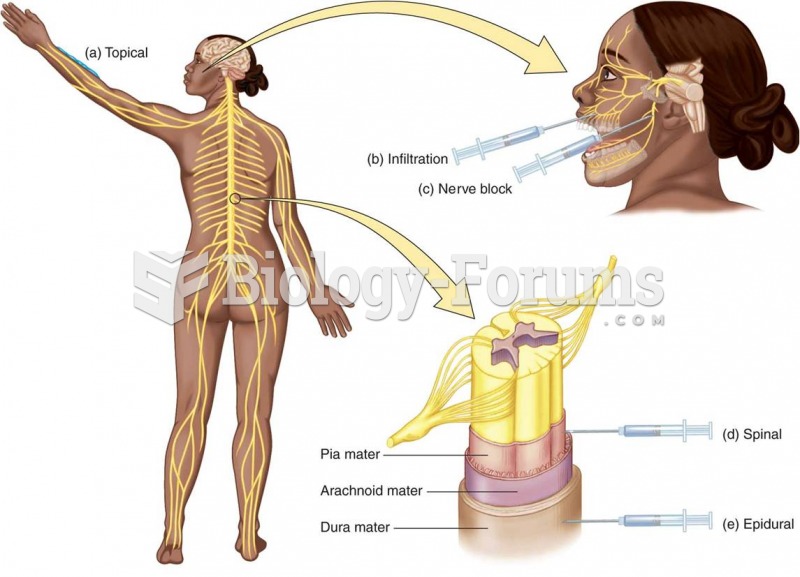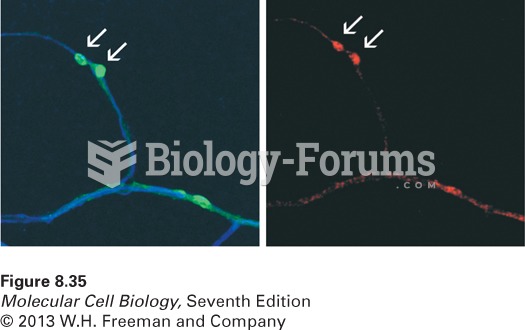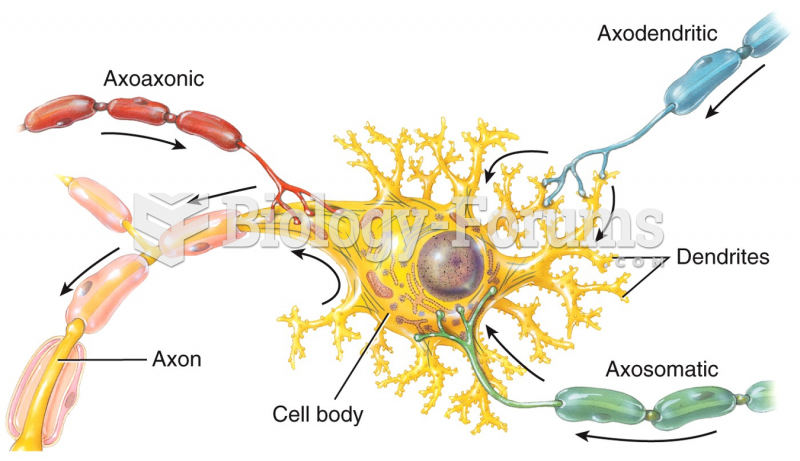Answer to Question 1
b
Answer to Question 2
The physiological changes that regulate body temperature such as shivering, sweating, and changes in blood flow to the skindepend on areas in and near the hypothalamus, especially the anterior hypothalamus and the preoptic area, located just anterior to the anterior hypothalamus. Because of the close relationship between the preoptic area and the anterior hypothalamus, researchers often treat them as a single area, the preoptic area/anterior hypothalamus, or POA/AH. The POA/AH and a couple other hypothalamic areas send output to the hindbrain's raphe nucleus, which controls the physiological mechanisms such as shivering, sweating, changes in heart rate and metabolism, and changes in blood flow to the skin.
The POA/AH integrates several types of information. It receives input from temperature receptors in the skin, in the organs, and in the brain especially in the POA/AH itself. If the brain or the skin is hot, an animal sweats or pants vigorously and seeks a cooler location. If either is cold, the animal shivers and seeks a warmer location. The animal reacts most vigorously if the brain and skin are both hot or both cold. The POA/AH also receives input from the immune system, which reacts to an infection by steps that deliver prostaglandins and histamines to the POA/AH. The delivery of those chemicals is what causes shivering, increased metabolism, and other processes that produce a fever. People lacking the appropriate receptors for those chemicals fail to develop a fever, even when they have pneumonia or similar diseases.
The POA/AH is not the only brain area that detects temperature, but it is the primary area for controlling physiological mechanisms of temperature regulation such as sweating or shivering. After damage to the POA/AH, mammals can still regulate body temperature, but only by the same behavioral mechanisms that a lizard might use, such as seeking a warmer or colder location.






